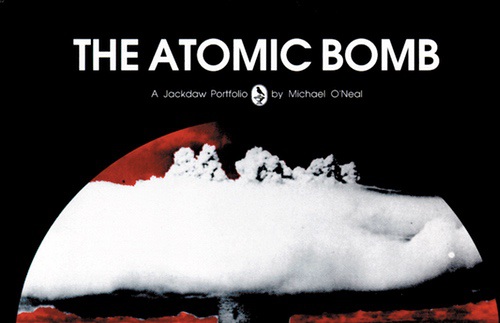
The Atomic Bomb
On August 6, 1945, the United States dropped an atomic bomb on the Japanese city of Hiroshima, causing unimaginable devastation and loss of life. Three days later, Nagasaki met the same fate. Faced with the savage destructiveness of this new and terrifying weapon, the Japanese government surrendered, bringing World War II to an end. In the years following the war, some historians have asked whether it was necessary for the United States to unleash this powerful force on Japan. President Harry Truman and others argued that the only alternative to using the bomb was a massive land invasion of the Japanese home islands. Such an invasion, they believed, would have led to enormous loss of life, both American and Japanese. Others, however, have argued that the Japanese would have surrendered soon without the atomic bomb and that the United States used this weapon as a result of diplomatic confusion and a desire to intimidate the Soviet Union. This primary source portfolio chronicles the story that ended in the skies over Hiroshima and Nagasaki. Through primary source materials and photographs from the Truman Library and other sources, it opens for discussion the question of whether the United States was justified in using the atomic bomb in 1945. Five essays examine the history of the war in the Pacific, the development of the atomic bomb, the diplomatic situation that led to the bombings, and the postwar debate about the president's motives for ordering use of the bombs. This portfolio includes a Study Guide with reproducible student activities. A timeline covering events from 1931 to 1945 helps students to put important details in perspective. 5 Illustrated Broadsheet Essays: * The War in the Pacific * The Manhattan Project * The Diplomatic Scene in 1945 * The Destruction of Hiroshima and Nagasaki * The Postwar Debate 13 Primary Source Documents: * Letter from Albert Einstein to President Franklin Roosevelt, 1939 * U.S. anti-Japanese poster * Ralph Bard memo to Interim Committee on using atomic bomb against Japan, June 1945 * Petition circulated among scientists urging President Truman not to use the bomb, July 1945 * Truman diary entry on power of the bomb and his resolve to use it on a Japanese target, July 1945 * Bombing order from U.S. War Department to Army Air Force, July 1945 * Harry Truman's letter to his wife on negotiations at Potsdam Conference, July 1945 * Statement by President of the United States, August 6, 1945, about Hiroshima bombing * Poster, two newspaper front-page articles on Hiroshima blast, Japan's surrender, and the end of the war, August 7, and August 15, 1945 * Cable, Senator Russell to President Truman, urging that Japan be dealt with harshly and Truman's response, August 1945 * Cable, Samuel Cavert to President Truman expressing concern over use of the atomic bombs, and Truman's response, August 1945 * Resolution of Hiroshima, 1958, with letter from Tsukasa Nitoguri to Truman responding to Truman's statements about using the bomb, March 1958 * 1958 handwritten document by Truman on atomic bomb use








